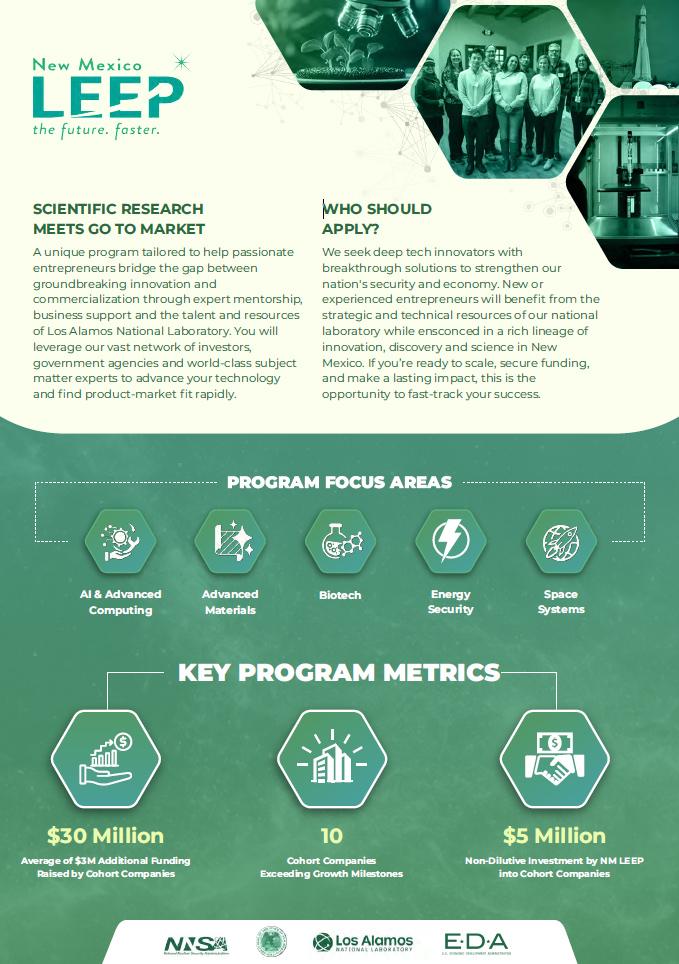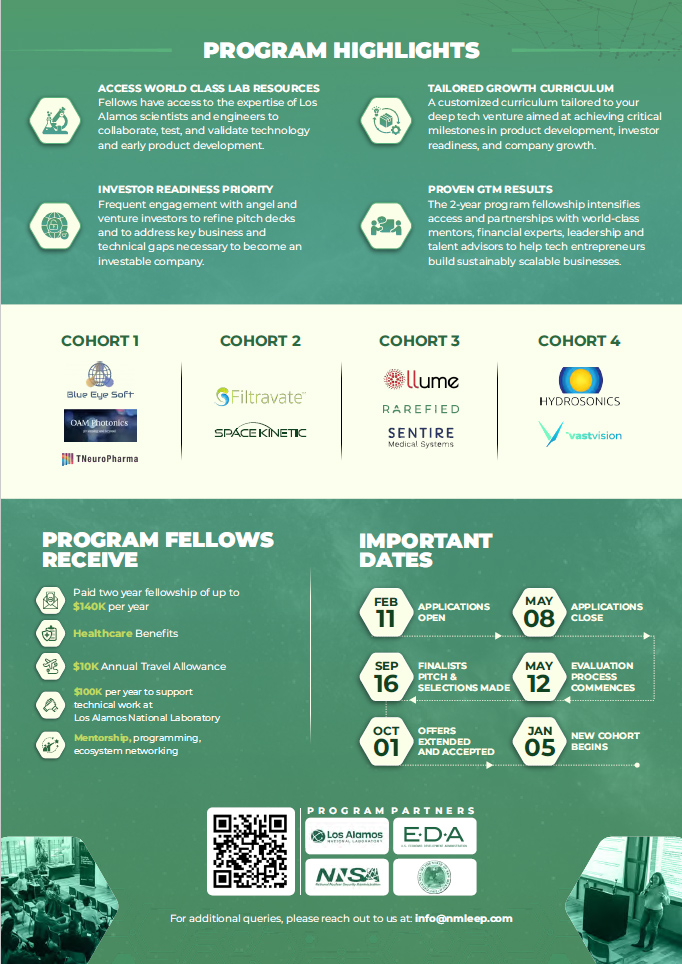NEWS
The Impact of Third-Party Litigation Funding on Patent Disputes
A Patent’s Value Means Little Without the Means to Defend It
Valuing a patent isn’t simple—methods like the cost, market, and income approaches are commonly used—but even a high-value patent may be worthless if its owner can’t afford to enforce it in court. Legal battles over patent rights are notoriously expensive, with median costs surpassing $3 million in some cases. For small patent holders, this financial barrier can put them at a major disadvantage when facing infringement by larger, better-resourced companies.
What Is Third-Party Litigation Funding (TPLF)?
Third-party litigation funding offers a potential solution. These firms provide financial support to litigants in exchange for a portion of any settlement or award. Importantly, TPLF is usually non-recourse—if the case is lost, the litigant owes nothing. Returns for funders can be significant, ranging from 200% to 400% or more. The growing number of TPLF firms in the U.S. since 2013 reflects the profitability of this model. For under-resourced patent owners, TPLF can level the playing field, enabling them to pursue cases they would otherwise have to abandon.
The Rise of Patent Trolls
However, TPLF has also fueled concerns about abuse. Non-practicing entities (NPEs), often called “patent trolls,” acquire patents not to use them in production, but to generate income through licensing or litigation. These entities exploit the system, and when backed by TPLF, they gain the resources to aggressively pursue lawsuits—raising ethical and legal questions.
TPLF: Leveler or Enabler?
TPLF firms aren’t altruists; their funding decisions are driven by expected returns, not justice. As a result, they’re more likely to fund cases with a high likelihood of success, regardless of whether the claims serve a broader social good. When TPLF and NPEs align, the result may be more predatory litigation and fewer cases that actually promote innovation or fairness. The lack of required disclosure about funding arrangements in most courts makes it even harder to determine whether TPLF is helping or harming the system.
The Debate Over Disclosure
A December 2024 Government Accountability Office (GAO) report examined TPLF’s role in patent litigation. It found that requiring disclosure of litigation funding could uncover conflicts of interest, reveal foreign involvement, and encourage settlements—especially if defendants realize their opponents are well-funded. On the other hand, funders argue that disclosure has no bearing on a case’s legal merits and could unfairly tip the scales in favor of defendants while adding administrative burdens to the courts.
The GAO report also noted a rise in TPLF-backed patent cases over the past five years, though precise data is elusive due to the lack of disclosure requirements. One estimate suggests that over 60% of patent infringement lawsuits filed since 2020 have received third-party funding.
A Tool for Smaller Players—With Caveats
For small patent holders facing possible infringement, TPLF can provide a much-needed lifeline to defend their rights. Still, the system’s increasing complexity and potential for misuse raise valid concerns about transparency and fairness. As the debate over regulation continues, both benefits and drawbacks of TPLF remain under scrutiny.
Generic Drug Label Doesn’t Induce Patent Infringement Just by Listing Optional Refrigeration
In the ever-evolving world of pharmaceutical patent law, a recent Federal Circuit decision offers some clarity on when a generic drug label might be considered to induce patent infringement. The case, Metacel Pharmaceuticals LLC v. Rubicon Research Private Ltd., centered around the storage instructions on the label of Rubicon’s generic version of Metacel’s Ozobax® (an oral baclofen solution).
Metacel held a patent (U.S. Patent No. 10,610,502) with a claim that included storing the baclofen solution at a refrigerated temperature of 2 to 8°C. When Rubicon sought approval for its generic version through an ANDA, its label included the standard room temperature storage instructions but also stated the product “can also be stored at 2°C to 8°C.”
Metacel argued that this optional refrigeration instruction would lead doctors and other healthcare providers to infringe their patented method. However, both the District Court and the Federal Circuit disagreed, ultimately affirming the lower court’s decision that Rubicon’s label wouldn’t induce infringement.
The Key Takeaway: Permissive Language Isn’t Inducement
The Federal Circuit’s reasoning hinged on the distinction between encouraging or recommending infringement versus merely permitting it. In their view, Rubicon’s label primarily directed users to store the drug at room temperature, a non-infringing condition. The statement about refrigeration was presented as an option, not a directive.
Judge Lourie, writing for the panel, stated that the label indicated that “if a downstream user decides to refrigerate the product, despite instructions to store the product at room temperature (which is noninfringing), then it should store the product at temperatures from 2°C to 8°C. That is not inducement.”
This aligns with previous Federal Circuit precedent, notably the HZNP Meds. LLC v. Actavis Lab’ys UT, Inc. case, which established that permissive statements in a label don’t necessarily encourage infringement, especially when the label doesn’t mandate the potentially infringing use.
ANDA Filings Don’t Dictate Label Interpretation
Interestingly, Metacel also pointed to statements Rubicon made in its ANDA filing regarding the storage temperature. However, the court, like the District Court, focused solely on the language of the actual drug label that healthcare professionals would see. The court emphasized that the pertinent question is whether the label instructs users to perform the patented method.
Plain Language Prevails
The court also noted that when the label language is clear and unambiguous, circumstantial evidence (like statements in the ANDA) cannot override its plain meaning.
What This Means for Generic Drug Labels
This decision reinforces the idea that generic drug manufacturers have some leeway in including optional information on their labels without automatically being held liable for inducing patent infringement. As long as the label’s primary instructions guide towards non-infringing uses and any mention of potentially infringing uses is clearly presented as a permissible option rather than a recommendation, it’s less likely to be considered inducement.
This case serves as a reminder that the specific wording of a drug label is crucial in determining potential patent infringement liability in the generic drug context.
Federal Circuit to AI Innovators: Generic Machine Learning Isn’t Enough for a Patent
In a closely watched decision, the Federal Circuit just made it clear: simply applying machine learning to a new domain—without improving the ML itself—won’t get you a patent.
In Recentive Analytics, Inc. v. Fox Corp. (No. 2023-2437, Apr. 18, 2025), the court affirmed the dismissal of four patents held by Recentive Analytics, all centered on using machine learning for TV broadcast scheduling and event planning. While the decision acknowledges the growing importance of AI, it draws a hard line on what qualifies as patent-eligible under 35 U.S.C. § 101.
What Was at Stake?
Recentive’s patents fell into two categories:
- Machine Learning Training Patents: Claimed systems for dynamically generating optimized live event schedules based on historical data.
- Network Map Patents: Targeted how television programs are assigned to channels across regions and times.
Their core idea? Replace manual, static scheduling with real-time, dynamic optimization using machine learning.
The Court’s Message: That’s Not Enough
The court emphasized that generic machine learning methods are “abstract ideas” unless they come with a specific technological improvement. Simply applying ML to a traditionally manual task, like TV scheduling, doesn’t cut it. In the court’s own words:
“Patents that do no more than claim the application of generic machine learning to new data environments… are patent ineligible under § 101.”
Why the Patents Failed
Here’s a breakdown of why the court ruled against Recentive:
- No New ML Tech
Recentive admitted it didn’t invent a new ML algorithm—it just applied existing methods to a new problem. The court saw this as no different than saying “do it with AI.”
- No Implementation Details
The patents didn’t explain how the ML models worked or improved the technology. They lacked any specific steps or mechanisms.
- Just a Field of Use
The court rejected the idea that applying ML to broadcasting makes it patent-worthy. Limiting an abstract idea to a specific industry doesn’t make it less abstract.
- Speed ≠ Innovation
Making a process faster or more efficient—especially with computers—doesn’t make it patentable. This principle has been upheld in multiple cases, and it applied here too.
- No Inventive Concept
Even at step two of the Alice framework (used to assess patent eligibility), the court found nothing “significantly more” than the abstract idea of using ML in scheduling.
Why This Matters for AI Patents
The Federal Circuit drew a clear line in the sand: if you’re using AI or machine learning, you need more than just an idea. You must show a specific, concrete technological improvement—not just automation of a manual process or use in a new domain.
The decision leaves open the possibility that patents could be granted for innovations that actually improve machine learning techniques. But just saying “we used AI” isn’t enough.
Final Thought
This case is a reminder that as AI becomes more integrated into various industries, patent law is holding firm on its standards. Innovators in machine learning must go beyond applying known techniques—they must push the technology itself forward if they want protection.
The Fintiv Pendulum Swings Back — What Patent Litigators Need to Know
In a move that’s sending ripples through the patent world, Acting USPTO Director Coke Stewart has officially rescinded the June 2022 Vidal Memorandum. That memo had put significant limits on the PTAB’s ability to issue discretionary denials of inter partes review (IPR) petitions — especially in cases where there was parallel district court litigation. With its repeal, we’re likely to see a major uptick in those denials as the PTAB regains broader discretion.
So, what does this mean for patent stakeholders?
Essentially, the PTAB can once again lean heavily on the Fintiv framework — a set of six factors that guide whether an IPR petition should be denied when there’s overlapping litigation in district court. These factors consider things like how soon a district court trial is scheduled, how much investment has already gone into the case, and whether the same issues are being raised in both forums. In short: if a case is already moving forward in court, the PTAB might decide it’s better not to get involved.
This isn’t the first time we’ve seen this pendulum swing. Under former Director Kathi Vidal, the USPTO introduced guardrails that made it easier for petitioners to avoid discretionary denials — especially by submitting a Sotera stipulation (which limits their district court defenses to avoid duplication) or showing “compelling evidence” of unpatentability. Those rules made the IPR pathway more predictable and accessible.
But with those protections now gone, both patent owners and petitioners will need to adjust their strategies. Patent holders are likely to push their district court cases forward faster, using quick trial dates to argue against IPR institution. Petitioners, on the other hand, may need to file IPRs earlier and consider requesting early stays in court to minimize Fintiv-related risks.
The takeaway? PTAB policy is, once again, in flux — and those navigating patent disputes need to stay agile. The rules around discretionary denials may be shifting, but one thing remains clear: timing, coordination, and strategy have never been more critical.
Federal Circuit Clarifies Limits on Prosecution Disclaimer Across Patent Families
- Differentiate claim language across related patents to reduce the risk of unintended claim limitations.
- Be mindful of statements made during prosecution and IPR, ensuring they are not overly broad or ambiguous.
- Recognize that silence is not necessarily acquiescence, meaning there may not always be a need to contest an examiner’s reasons for allowance.
The Harsh Reality of § 101 Appeals: Why Fighting a Rejection at the PTAB Is an Uphill Battle
For inventors and patent practitioners, securing a patent has always been a challenge—but when it comes to overcoming a § 101 rejection, the odds are stacked against applicants. The latest data from 2023 confirms a troubling trend: the Patent Trial and Appeal Board (PTAB) upheld examiner § 101 rejections a staggering 91% of the time. This marks a steady increase from 87.1% in 2021 and 88.4% in 2022, making it increasingly clear that appealing a § 101 rejection is more likely to end in disappointment than success.
Why Is the PTAB So Tough on § 101 Appeals?
The high affirmance rate isn’t just a reflection of weak applications being weeded out—it’s a symptom of a broken system. Ever since the Supreme Court’s Alice Corp. v. CLS Bank decision, the framework for determining patent eligibility has been a mess. The Federal Circuit has issued conflicting rulings, and the PTAB itself often ignores the USPTO’s own guidelines. This inconsistency has led to bizarre decisions, including rulings that a diamond-encrusted drill bit and a camera phone were somehow “abstract ideas.”
In practice, this legal chaos means that applicants face unpredictable outcomes, with decisions often feeling arbitrary rather than based on sound legal principles.
Where Do § 101 Appeals Get Hit the Hardest?
Looking at the numbers, it’s clear that some USPTO Technical Centers (TCs) are far harsher than others when it comes to § 101 rejections.
- TCs 3600 & 3700 (Business Methods & Financial Tech): These have the worst outcomes, with affirmance rates exceeding 95%. Since business method patents frequently land in these TCs, inventors in these fields face particularly steep odds.
- TC2100 (Computing Technologies): The affirmance rate here climbed to 85% in 2023, up from 80% in 2022. This suggests that even general software patents—not just business method patents—are struggling more than ever.
- Other TCs: While some technical centers have lower affirmance rates, there isn’t enough data to draw strong conclusions. That said, TCs 2400 and 2600 may offer more favorable outcomes for software-related applications.
What Types of “Abstract Ideas” Get Rejected Most Often?
The PTAB’s reasoning for § 101 rejections usually falls into three main categories:
- Mathematics (17% of affirmances)
- Mental Processes (48%)
- Methods of Organizing Human Activity (68%)
The overlap in these categories means that some applications get rejected for multiple reasons. Mental processes are the most common issue in TC2100, while TC3600 predictably has the highest percentage of “organizing human activity” rejections due to its focus on business methods.
The Hidden Danger: PTAB’s Surprise § 101 Rejections
If you think your appeal is safe because your examiner didn’t issue a § 101 rejection, think again. The PTAB has the power to introduce a new § 101 rejection, even if it wasn’t raised during examination. In 10% of cases, the PTAB issued fresh § 101 rejections, catching applicants off guard. This risk is especially high in TC2100, where examiners tend to be more lenient with § 101, only for the PTAB to later step in and shut down applications.
What’s the Best Strategy Moving Forward?
With such daunting statistics, appealing a § 101 rejection is rarely the best course of action. Instead, applicants should:
- Work with the examiner to amend claims and find a path to allowance, rather than immediately pursuing an appeal.
- Use TC steering tools to predict where an application will be assigned. Avoiding TC3600 and TC3700 can dramatically improve chances of success.
- Be prepared for an uphill battle if a § 101 appeal is unavoidable, and consider all possible claim amendments before taking the risk.
Final Thoughts
The PTAB’s 91% affirmance rate for § 101 rejections in 2023 is a wake-up call for inventors and patent attorneys. The current system is unpredictable, inconsistent, and incredibly challenging to navigate. While legislative or judicial reform may be necessary to fix the problem, for now, the best approach is to strategize early in prosecution—because once an application lands at the PTAB, the chances of success are slim.


